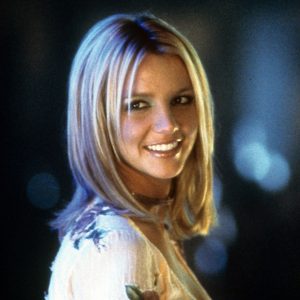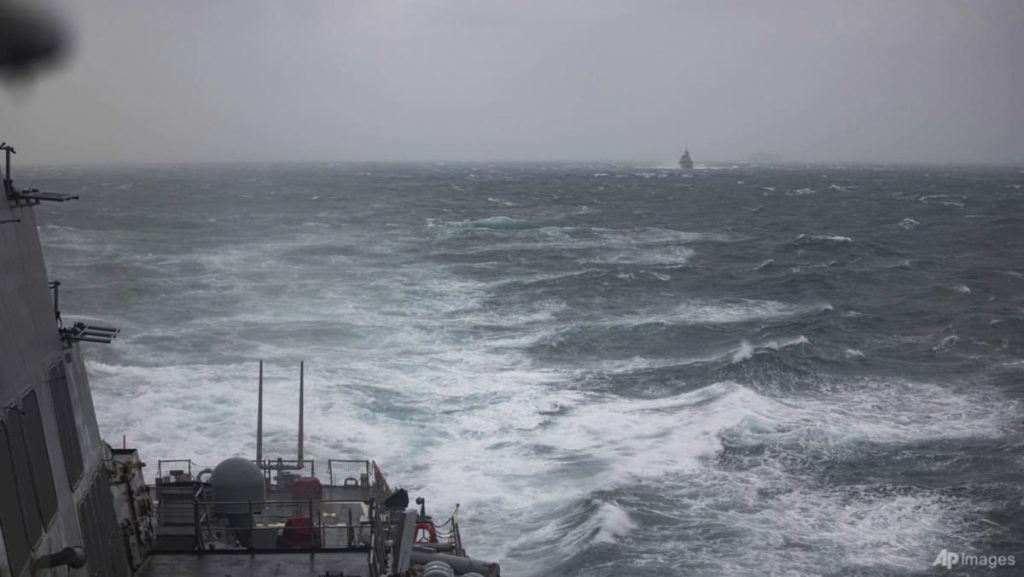U.S. Navy Ships Sail Through Taiwan Strait, Drawing China’s Ire
Introduction
In a move that has sparked significant tension in the Indo-Pacific region, two United States Navy ships recently traversed the Taiwan Strait, marking the first such operation since President Donald Trump assumed office last month. This action has drawn a sharp and angry response from China, which views the strait as part of its territorial waters and has accused the U.S. of heightening security risks in the area. The incident underscores the sensitive nature of the Taiwan Strait as a geopolitical flashpoint, with China asserting its sovereignty over Taiwan while the U.S. and its allies continue to assert their right to freedom of navigation in international waters.
The Incident and China’s Reaction
On Monday, February 10th, and Wednesday, February 12th, two U.S. Navy ships, identified as the destroyer Lyndon B. Johnson and the survey ship Bowditch, sailed through the Taiwan Strait, a strategic waterway that separates mainland China from the island of Taiwan. The U.S. Navy conducts such transits roughly once a month, sometimes accompanied by ships from allied nations, as part of its routine operations in the region. However, this particular mission has drawn considerable ire from China, which claims Taiwan as its own territory and views the strait as part of its exclusive domain. The Chinese military promptly dispatched forces to monitor the U.S. ships, and the People’s Liberation Army’s Eastern Theatre Command issued a statement condemning the action as a provocation that increases regional security risks. The statement also accused the U.S. of sending "the wrong signals" in the region, a veiled reference to concerns that such actions could embolden Taiwan’s independence movement.
The U.S. Position
The U.S. Navy has not immediately responded to requests for comment on the matter, but the operation appears to be in line with its longstanding policy of maintaining a military presence in the Indo-Pacific region to ensure freedom of navigation and uphold the rules-based international order. The U.S. does not formally recognize Taiwan as an independent state but has historically supported the island’s democratic government and provided it with military aid through the Taiwan Relations Act. This dual approach has long been a source of tension with China, which views any form of U.S. engagement with Taiwan as an interference in its internal affairs and a challenge to its sovereignty claims.
Taiwan’s Perspective
Taiwan’s government, led by President Lai Ching-te, has welcomed the U.S. naval transit as a demonstration of support for the island’s democratic aspirations and a reaffirmation of the importance of the U.S.-Taiwan relationship. President Lai has been a vocal advocate for Taiwan’s autonomy, rejecting Beijing’s claims of sovereignty and asserting that the future of the island should be determined solely by its people. This stance has put Taiwan at odds with China, which has intensified its military and diplomatic pressure on the island in recent years. Taiwan views China’s activities in the strait as part of a broader campaign to intimidate and isolate the island, and it sees the U.S. naval presence as a necessary counterbalance to China’s growing military capabilities.
Regional Implications
The U.S. naval transit through the Taiwan Strait has significant regional implications, as it occurs against the backdrop of rising tensions between the U.S. and China over a range of issues, including trade, technology, and security. China’s military modernization and assertive behavior in the South China Sea and Taiwan Strait have prompted the U.S. and its allies to strengthen their presence in the region, leading to a delicate balance of power that is prone to miscalculation. The incident also highlights the role of Taiwan as a potential flashpoint in U.S.-China relations, with both sides dug in on their respective positions and little sign of compromise in the near term. As China continues to expand its military capabilities and the U.S. maintains its commitment to regional security, the Taiwan Strait is likely to remain a focal point of tension for years to come.
Conclusion
The recent transit of U.S. Navy ships through the Taiwan Strait has once again brought the sensitive issue of Taiwan’s status to the forefront of international attention. While the U.S. views such operations as routine and necessary to uphold regional stability, China sees them as a direct challenge to its sovereignty and a destabilizing influence in the region. For its part, Taiwan sees the U.S. presence as a vital element in its strategy to resist Chinese pressure and maintain its de facto independence. As tensions between the U.S. and China continue to simmer, the Taiwan Strait remains a potential flashpoint that could have far-reaching consequences for regional peace and stability. Effective diplomacy and a commitment to dialogue will be essential in navigating this complex and volatile situation.












